SHILLONG, AUG 7: The Department of Arts and Culture and the Department of Textiles in collaboration with NESFAS on Saturday concluded the Khneng Embroidery Competition on the occasion of National Handloom Day at Mustoh village in East Khasi Hills District.
The competition was part of the India@75 and Meghalaya@50 programmes celebrating the indigenous and artistic tribal dexterity in weaves and was participated by 8 weavers from Mustoh village.
Gregory Chyne, headman of Mustoh community, opened the event by greeting the guests on behalf of the community and Bah Frederick Kharkongor, Commissioner and Secretary, Textiles, was the chief guest of the event. Bah Frederick congratulated all participants of the
Khneng embroidery competition and invited the artisans to work hard together with the Textiles Dept to make Mustoh the “First Traditional Embroidery village of the State.”
The art of Khneng Embroidery is the only known form of embroidery in the state of Meghalaya and can be traced back to 200 years. Bah Phrang Roy, founding Chairman, NESFAS, in 2014 highlighted the importance of saving the vanishing art and in the years that have followed since, Khneng embroidery has been revived under the aegis of NESFAS.
“Although NESFAS works with communities to defend the Indigenous Food Systems, the organisation also realises the importance of understanding the culture and tradition embedded within the community. For Mustoh, it is the Khneng.” quoted Pius Ranee, Executive Director, NESFAS, on why the organisation has been closely working with the Mustoh community to revive the indigenous art form.
Just over 5 years ago, Victory Synrem was one of the only three custodian Khneng embroiderers in the whole of Meghalaya. Today, as the Government of Meghalaya acknowledges this unique art, Victory expressed her gratitude towards NESFAS for helping revive the Khneng: “We now have 18 women who are skilled in Khneng embroidery. All this is because of NESFAS. They helped us keep the art and tradition of Khneng alive. They
helped in facilitating trainings for us to improve the technique as well as small scale marketing.”
During the program, Alex Mukhim, SDO, Sohra Sub-Division, expressed his delight that an eri silk shawl with Khneng embroidery was presented to the Home Minister of India during his recent visit in July. “We know that it is a small yet significant step for us to have our traditional art from being recognised and promoted.” he added.
After the conclusion of the competition and the prize distributions, the participants, along with the dignified guests visited the training unit at Saikarap near Shella. There, Dipica Lyngdoh, Zonal Officer, Dept of Textiles, who will be overseeing the training programmes to be organised in the near future, shared her hope that the collaboration between the weavers, embroiderers, NESFAS and Dept of Textile would go ahead in full capacity.
The next step of this joint collaboration is a project focused on capacity building of the potential local weavers and embroiderers. This is to increase the number of artisans, strengthen the supply and value chain, and most importantly, to keep the artforms alive.
Darling Marwein, Engineering Supervisor, Dept. of Textiles extended his full welcome to the community members to “make use of the training centre for all necessary purposes – weaving, textiles, marketing, embroidery, and more.”
The Dept of Textiles is also actively working on a GI tag for Ryndia (eri silk) and the same is in plan for Khneng.
By Our Reporter

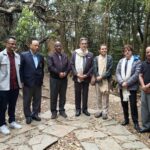


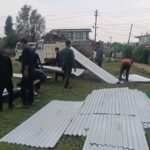

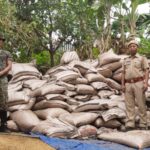


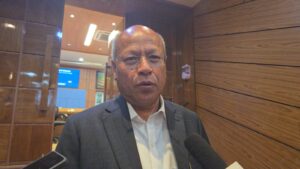
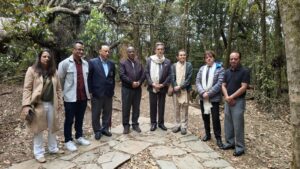

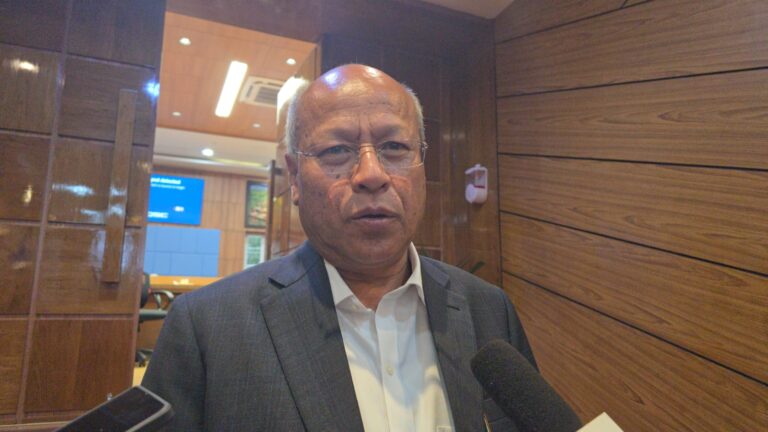
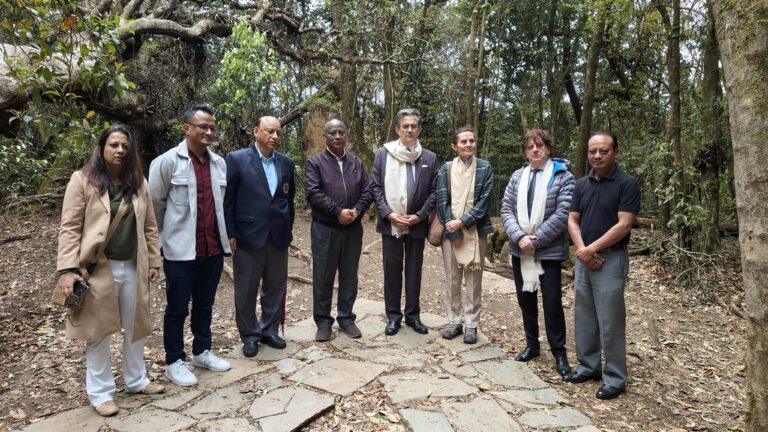
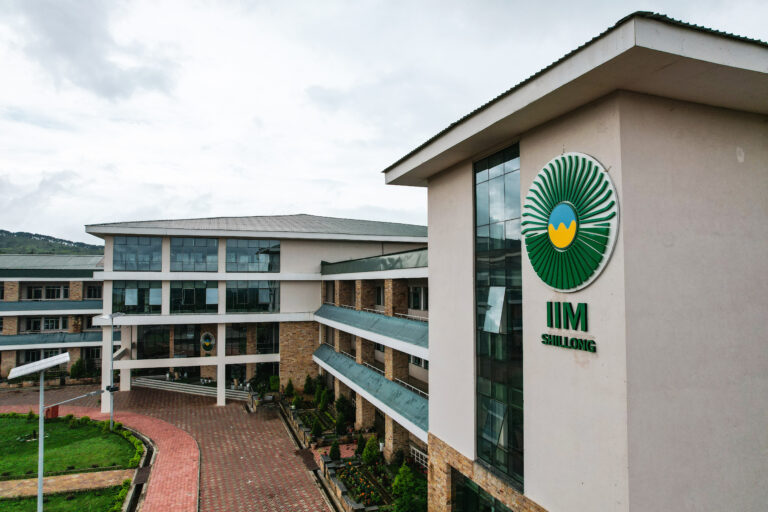
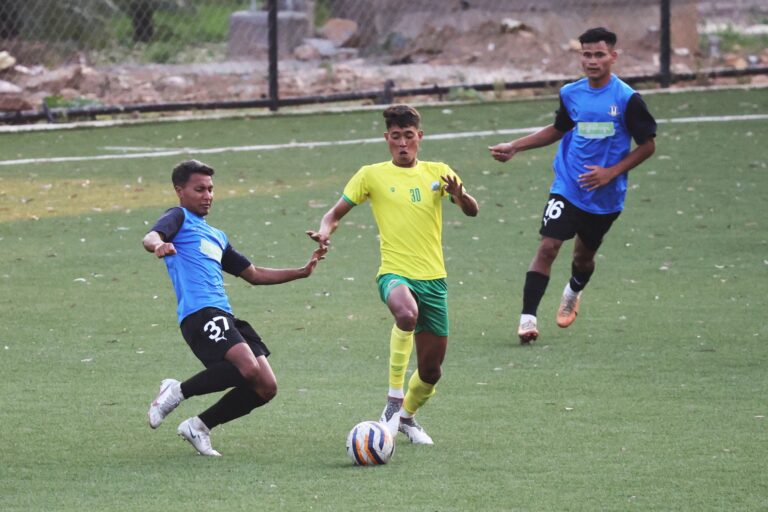
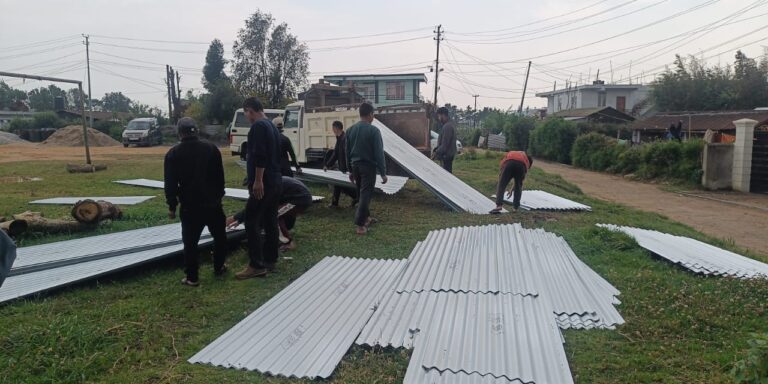

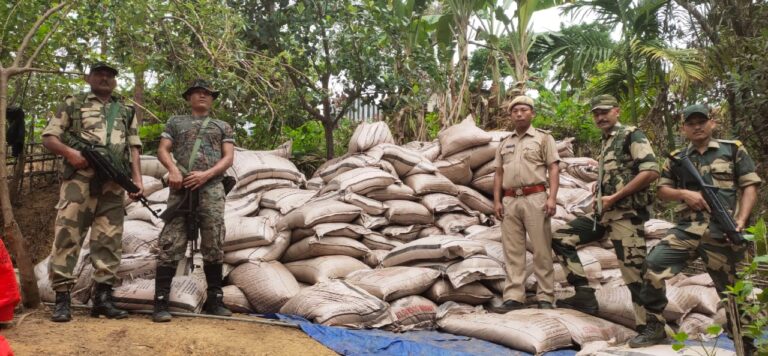
+ There are no comments
Add yours